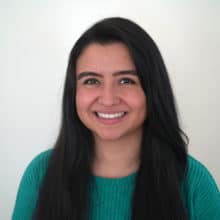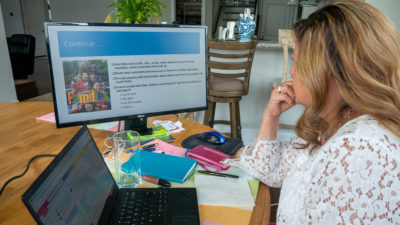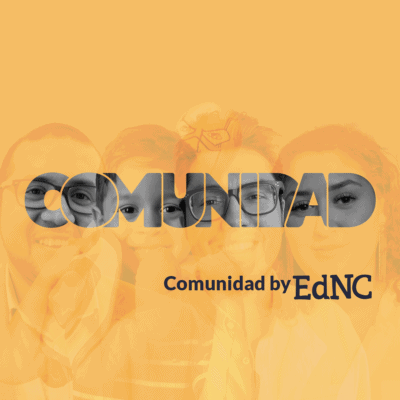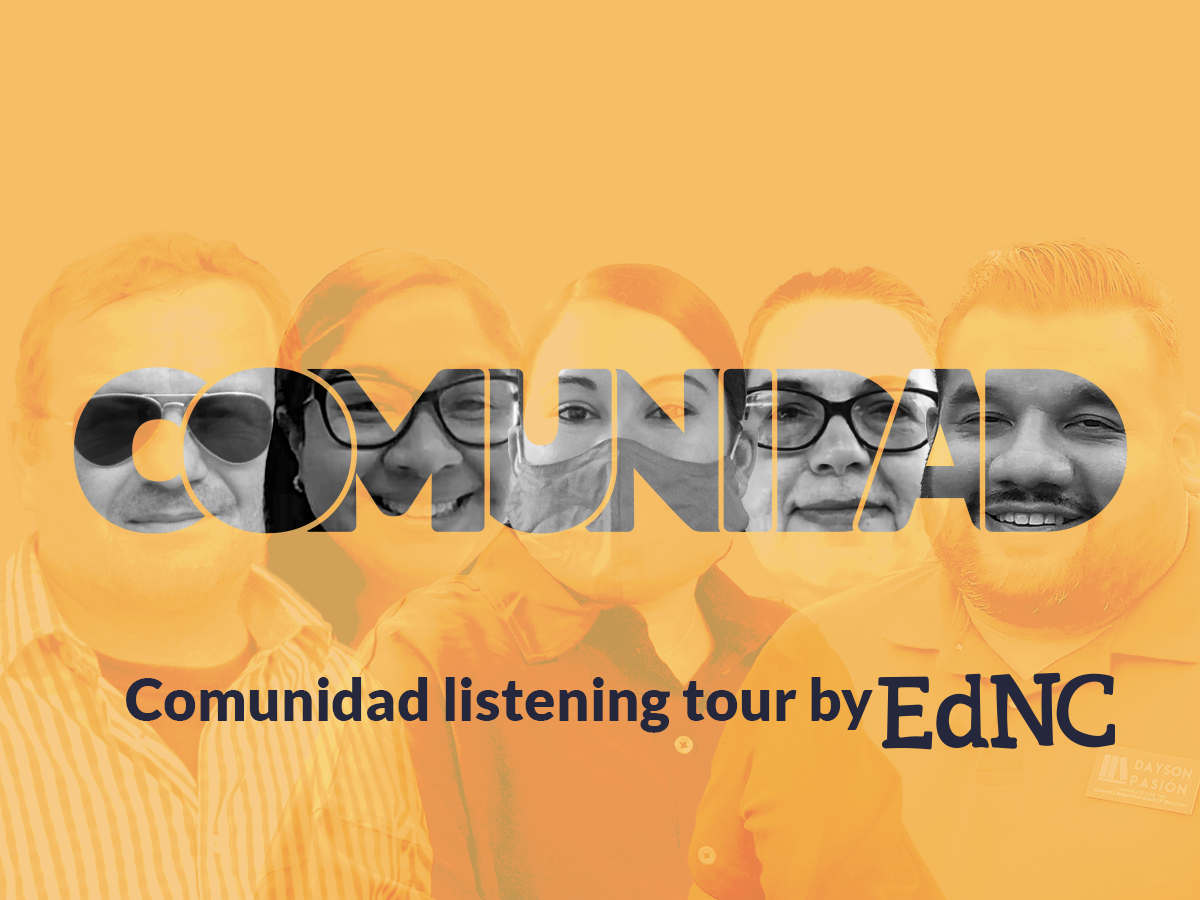

From August 11 to August 14, I had the opportunity to interview five educators across four counties in our state. I learned more about them and how their lives have changed during remote learning.
Each one is leading the way in their area of expertise: helping their English learners with their schoolwork, guiding their staff through these uncharted times, implementing video strategies to teach Spanish, and figuring out how to make remote learning as equitable as possible.
I asked them all the same questions: How have you had to adapt your work during remote learning? What keeps you up at night? With all these uncertainties, what is the one thing you want your students, your families, and your peers to keep in mind moving forward? Their answers are below. They have been edited for length and clarity.
Meet the educators
Christian Walter has been Western Guilford Middle School’s Bilingual Assistant Principal for four years. He’s also a serving member and presenter/coach for the North Carolina Department of Public Instruction (NCDPI) English Learners (EL) Support Team. He taught English as a Second Language (ESL) for nearly 17 years, both overseas and in Wake and Guilford County.
Kim Meza has been Vance County Schools’ ESL Director since 1999. She created Mi Centro summer program, a 20-year-old program that’s designed to provide educational services to preschool Latinx children to help them prepare to begin the school year.
Liliana Soto has been an ESL teacher at Aycock Elementary in Vance County Schools for four years.
Jenice Ramirez has been ISLA’s (Immersion for Spanish Language Acquisition) Executive Director since 2013. ISLA is a nonprofit based in Durham that builds community and leadership through educational Spanish language and cultural immersion programs. They serve six counties.
Dayson Pasión joined Chapel Hill-Carrboro City Schools in the spring of 2019 as the Middle School Equity Specialist.
How have you had to adapt your work during remote learning?
Christian Walter: “You don’t know what may be taking place at home”
We had to step into action really fast because there wasn’t a whole lot of time. It was trying to preserve the community, protect the learning, and also I think it was very important to convey this idea of connectedness.
Some of the major challenges that our parents had in the spring had to do with connectivity and the fact that sometimes they didn’t have access to the internet. The district created several hot spots in parking lots of different schools. And my school is one of those hot spots.
They have over a hundred buses now that they’re going to be using with hot spots, and they’re going to be established at really strategic places for students to get access to the internet if they don’t have access to it at home. And also they are providing hot spots to some families as well. It was, as we say, we’re building the plane as we’re flying it.
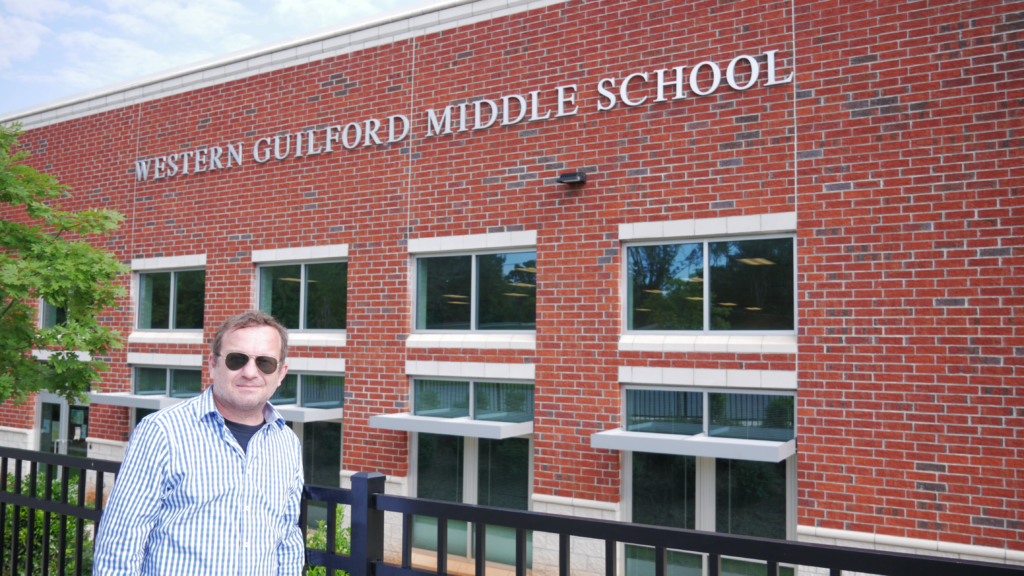

One of the negative implications of remote learning is that students are no longer at school and they’re not able to have contact with those staff members or teachers with whom they have built a strong bond. And you don’t know sometimes what may be taking place at home. We had to make a lot of home visits just to ensure that the social-emotional piece was taken care of.
One of the courses that our counselors created is called the Counselor’s Corner. That was a really good strategy for us to target that need there, the social-emotional piece, because if kids were having some issues at home or things that they wanted to report they could do it through that channel.
There is a high need for information to be pushed out to parents in Spanish. My principal came up with the idea of doing Zoom meetings for parents in English and Spanish. So, I would do the ones in Spanish, she would do the ones in English. Having interacted with our Spanish-speaking parents during the spring, one of their major challenges had to do with how to monitor their [children] at home because they were not sure whether kids were getting the work done or not.
Kim Meza: “You have to have a heart for these children and these families”
I’m working from 8 a.m. to 5 p.m., but at five o’clock, I’m not necessarily finished and maybe at eight o’clock at night parents are calling about something or somebody needs help getting in Google classroom or somebody’s computer or their Wi-Fi is not working. It was working and doing some family stuff and then work and doing some family stuff. My teachers said the same thing.
“I feel like I’m not able to divide my time and say my work day is finished, now I’m home because there are so many needs,” and I told them, “I understand, let’s just do the best we can.” And that’s what we did. We just powered through because serving and helping these families was just the most important thing and still is.
That’s the thing about my staff. I’m very particular about who is on my staff. If they care about these children and these families, they’re a good fit for my staff because that’s the kind of people I want working for me. People that care, you know? You can train teachers and you can do all that type of stuff later, but you have to have a heart for these children and these families and want to help them.
Liliana Soto: “When you are so flexible for others, your family suffers a little bit”
I feel happy that we have a good team here in Vance. I know that my other colleagues, they were also trying their best to have our community on board with remote learning or if [the students] didn’t have the possibility to have a device at least that they could be working on their packets and understanding the information, watching multiple videos.
“It was a lot, but it was something we had to do on behalf of our families.”
I had a lot of help from older siblings and sometimes when they were in upper grade levels I made them be accountable for their [sibling’s] learning. So I told them, “I need your help. You know your mom doesn’t know that much technology. I need to count on you. I need to count on your help. And also remember these steps. I’m going to record it while we are doing it, and I’m going to send it to you in case you need it.”
That seems like a lot. It was a lot, but it was something we had to do on behalf of our families in order to make them feel that they could do it, and we are proud of what we got.
Parents are stepping up. I’m proud of them. I got certain parents that are also babysitters of all their Hispanic kids. They’re amazing. They helped not only their children but also the other students. But yes, this is weird. I’m really missing the hugs. I’m really missing their faces. It’s hard.
It’s hard because at the same time when you are so flexible for others that maybe are in disadvantage, you know that at the same time your family suffers a little bit because you are not devoting the same time. So as a mom, sometimes those things hit me, and my goodness.
But I try to build a nice relationship with my [seven-year-old] son and try to tell him, “This is what I do. You know these children. They also need my help. I need to guarantee that they continue working with the teachers.” And he’s understanding. He’s pretty good at that, but I know that sometimes the attention is something that he might be trying to get.
Jenice Ramirez: “We make sure that our curriculum is always adaptable”
With our Spanish Exploration Program for All, we pivoted our curriculum to do everything [online]. The teachers have to really be engaged in the computer: their faces, their hand movements, what’s behind them, with the props that they’re using. And so we had to shift our budget to that because it wasn’t initially what we had planned.
“We’ve had to change how we look at language teaching and language learning.”
We started doing these videos, ISLA en Casa. We have 70 videos that we did of teachers on YouTube that you can watch at any time because that was something we had to adapt to. Our families had to work at different times. Our families’ schedules changed, our families’ needs changed. To expect people to be on Saturdays from 9 a.m. to 12 p.m. or a specific time was no longer working.
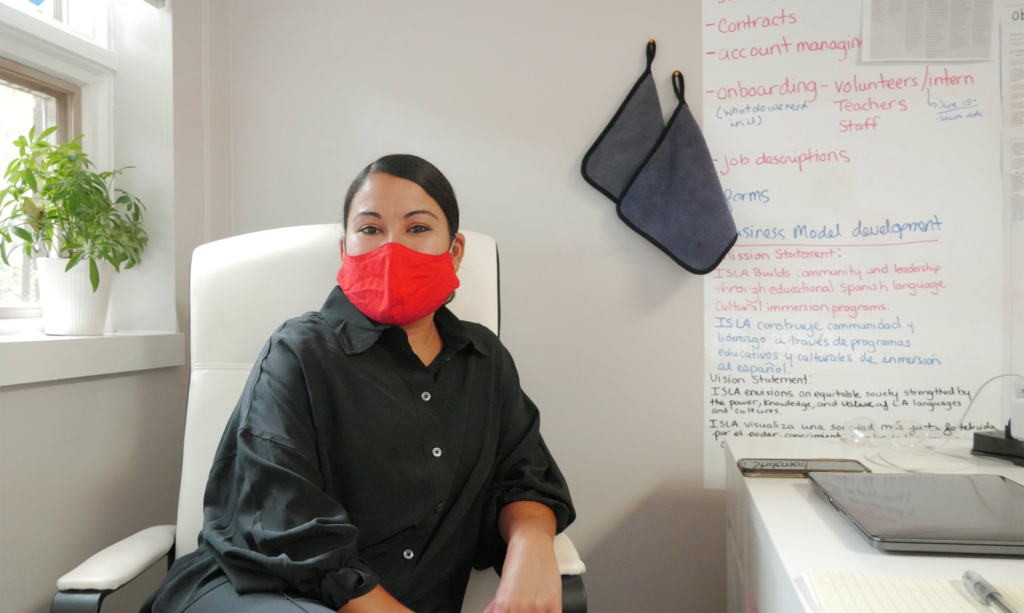

It really is, it was, and it has been about teaching language. It is about teaching culture. But it’s also providing a space for our kids to have a good time and also feel they get to do something different with other kids.
That has been a huge piece of it, but we’ve also had to change how we look at language teaching and language learning. I really dig into how do we make sure that our curriculum is always adaptable at any time in any circumstance.
Dayson Pasión: “It’s a lot easier to have these conversations when you’re face-to-face”
If you’re in education, you know the inequities of this. COVID-19 only highlighted it and really gave it a more public face, but we knew those inequities existed. And so, a lot of work in our office has been: We know right now we’re in a global pandemic. How do we respond as a district?
A lot of our work has really been leading other district groups and schools to really look at the policies they want to implement to see what kind of impact it would have to our systemically marginalized groups.
“We’re remote learning, but we’re also teaching and learning in crisis.”
We go through a process called the racial equity impact assessment, and it’s a list of 10 questions where we take any policy or programming and we really go through those questions to make sure that we have the right voices in the room, make sure that they’re being heard, to then evaluate why this policy needs to exist in the first place. And then we look at any unintended and intended negative or positive impacts that it might have. And then break it down to specifically look at race.
How is it going to affect our Black students? How is it going to affect our Latinx students? How’s it going to affect our Southeast Asian students? We take that into consideration and then we look at the feasibility of the policy. Is it something that can be sustained? Is it something that can be expanded on?
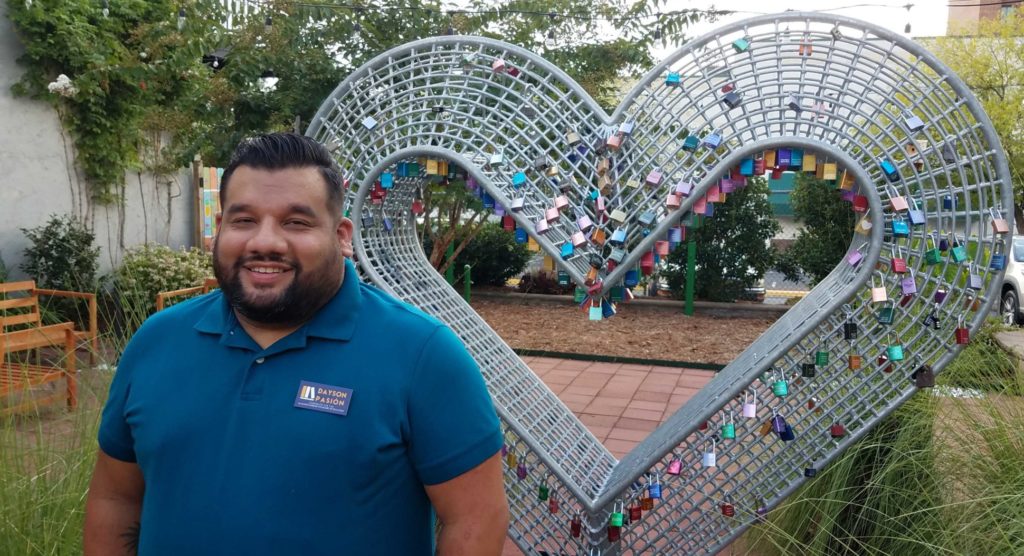

We recognized that we were going to have to do professional development totally different. It’s a lot easier to have these conversations when you’re face-to-face with someone rather than on a screen, especially when you can have the option of muting or turning your camera off.
So, we incorporated coffee chats during the spring. Every Wednesday morning or every other Wednesday morning we would just be available on a Zoom call or Google Meet between 8 a.m. and 9 a.m. and we would have conversations centered around equity. It was sort of this organic thing where they knew that they were going to be there to learn. They knew they were going to be there to have discussions. A lot of it was teacher-led.
We’re in crisis, let’s not forget that. We’re remote learning, but we’re also teaching and learning in crisis. And we have to respect that and we have to give people grace and if a student says, “You know what? I know this is my class time, but I’m also watching my little brother or sister. I’m going to have my camera off because my priorities are split right now,” we need to be okay with that and we need to find ways to be able to still interact with that student and provide opportunities for that student and be flexible with families right now.
What keeps you up at night?
Christian Walter: “There’s always going to be some type of learning loss”
The uncertainty about when this is going to be over. That would be one of the things that could potentially keep me awake at night: thinking about that or thinking about my own kids or thinking about our students.
When this is over, what’s going to happen with all the learning loss? Because this is not the same as face-to-face. Despite the fact we do our best. We do our best to connect with parents, to help parents to stay on top of things. There’s always going to be some type of learning loss to some extent.
Kim Meza: “I don’t want [my ESL teachers] to get overwhelmed”
If I had to say one thing … My ESL teachers. They work extremely hard and they are so supportive and caring and they want to do the best. But this week there was a lot of professional development on some new platforms and new digital tools. And they have different levels of technology experience. For some it was a lot, and I just don’t want them to get overwhelmed.
I have one particular teacher who doesn’t feel good at all about technology and I told her last year, “Don’t worry about that. I’m going to help you but just get in that mindset of, ‘I can do it.’ You’re going to use it how you feel comfortable. So just don’t stress about it.”
Liliana Soto: “My newcomers need so much help, and they need to make progress quickly”
The work with the students. My newcomers need so much help, and they need to make progress quickly. That’s something that I’m thinking, “How can I help them? How can I continue being a good support for them?”
Parents. We used to have Hispanic parent nights. Every single term we had one or [more] depending on important information. How can I engage parents and update them with the information? I tried to be helpful with that, sending reminders in Spanish all the time. All the information that is being sent here, I translate it and send it to the parents.
Jenice Ramirez: “Those kids that school was the safest place that they had”
Knowing that there’s so many parts of the situation [that] are being, not ignored, but aren’t really being talked about too, you know? When we think about not returning to school because it’s the healthiest option — I don’t think any plan is a good plan, right?
I think about those kids that school was the safest place that they had. I think about how for a lot of kids, school was the place where they got their meals, that school was the place where they could be themselves.
What keeps me up at night is really thinking about the emotional mental impact that it has on so many children and we don’t even know … That keeps me up at night.
Dayson Pasión: “What pushes me forward are my students, past and present”
I’ve had a lot more nightmares lately. They keep me up at night. But I think what pushes me forward are my students, past and present. Students that are no longer with us.
I think every educator deals with that but I’ve just had … I’ve experienced a lot more loss lately. Especially with students and whether it was the fault of their own or not, it’s not relevant. It’s still a life lost. But they push me forward.
With all these uncertainties, what is the one thing you want your students, your families, and your peers to keep in mind moving forward?
Christian Walter: “Their kids’ success is our success”
As far as students are concerned, I think that they need to know that we have their backs. People are working really hard, everybody from the school district higher ups in the central office to principals to teachers to custodians. People are just working really hard, focusing their energy so that there’s no learning loss and kids are getting the best learning experience.
They need to know that this is something that we really take very seriously, and we’re going to try to make sure that there’s equity in place. They need to know that. Not just our students but our parents too. Their kids’ success is our success.
Kim Meza: “We’re definitely here to help them”
That they have the support from us and not to feel overwhelmed. If they need any help at all just know that we’re here and to please reach out to us and we want to help support them. We’re definitely here to help them.
Liliana Soto: “They are not alone”
That they are not alone. That this is something that is common ground for everyone even for us teachers.
Jenice Ramirez: “If you do anything in the next six months, let your voice be heard”
That you’re doing the best you can with what you got. And especially for our kids, this is different. This is hard and this is a time that you really do have to say, “I don’t know. I need help.” Because our families, our students, our teachers are being thrown into the unknown.
Right now, our kids have to use their voices, our families have to use their voices, our teachers, our leaders in our community. We have to use our voice to be the change that we want to see. If you do anything in the next six months, let your voice be heard, your needs to be heard, and make sure that we are being heard.
Dayson Pasión: “Acknowledge and value the humanity and how it shows up”
We’re people first. I know we’re students. I know we’re teachers. But we’re people first. And to acknowledge the humanity in whatever space we’re in, whether it’s virtual or when we get back face to face. Acknowledge and value the humanity and how it shows up in your building or how it shows up on your screen.
